Test Center Verdict On Samsung's Nexus S -- A Thing Of Pure Beauty
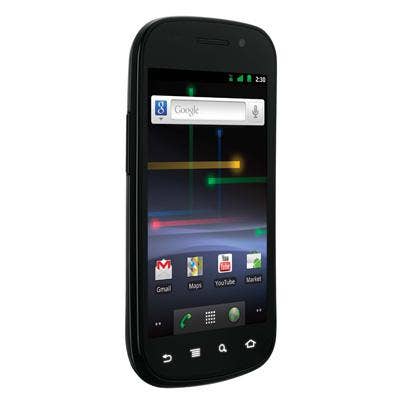
CRN Test Center: Samsung Nexus S More Than A Pretty Face
From its shiny black (or white) plastic case to its curved-glass screen, Samsung's Nexus S is simply a great looking smartphone. Underneath is Samsung's 1-GHz Hummingbird processor running pure Android 2.3, the latest version of Google's mobile operating system, and the one that finally gets most things right.
The CRN Test Center liked most of what they found. Read on to find out why.
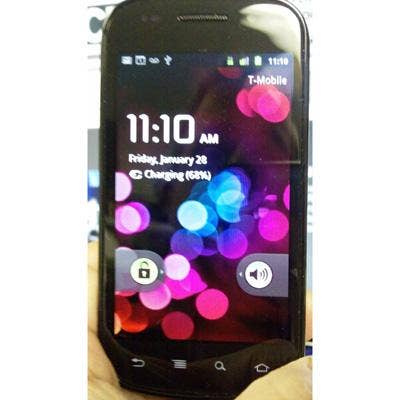
Splash And Dash
Android's new splash screen displays not only date and time, but also the battery's charge status, which testers thought a nice touch for people on the go. Its software-based slider for unlocking access takes the iPhone one step further; the right-hand slider toggles between sound and silent modes. We found this handy for quickly silencing the ringer at meetings, in the board room or even at the movies.
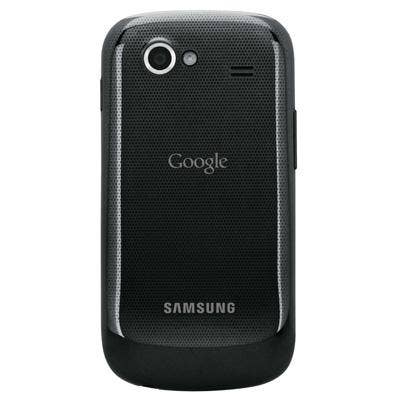
Get A Grip
While its patterned appearance might give the illusion of grippiness, testers found the exact opposite was true of the Nexus S. It's quite a slippery sucker. This gives resellers an opportunity to pad sales with eGrips or something similar. The phone measures about 4.75-inches-long by 2.5-inches-wide, by about a half-inch-thick. The rear panel also is home to one of its two cameras, this one with five megapixels and an LED flash.
More on that in the next slide.
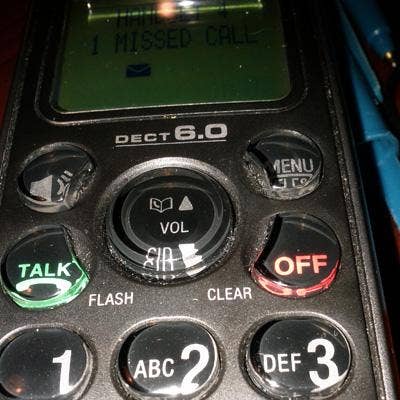
Up Close And Personal
Testers were most impressed with the rear camera's macro function, which took extremely clear pictures within inches of the subject (next slide). Glare from the LED flash is obvious here, but Android's updated camera software puts flash control one tap away. There are also controls for white balance, as well as focus and exposure modes. The camera app also can save GPS location data with photos.
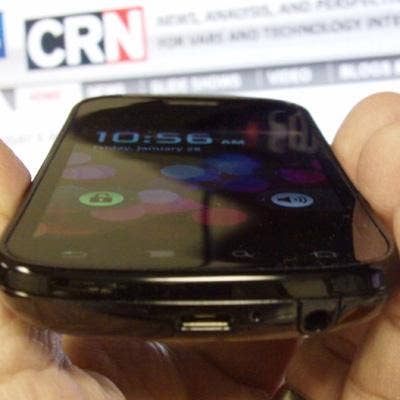
Get To The Bottom
Both the microUSB and the 3.5-mm headset jack are found on the bottom edge of the Nexus S. While some people prefer the headset connector coming out the top, here in the Test Center we believe that having all ports in proximity makes for a cleaner, more usable device. There's more about Samsung's included accessories in a later slide.
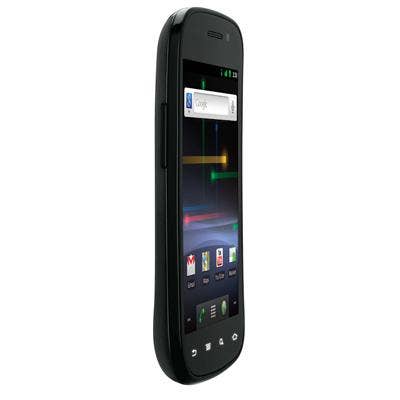
From The Left
There's not much happening on the left and right edges of the Nexus S. All you'll find is the volume control for media or ringer, depending on the app currently running. From this angle, you also begin to notice the curvature of the single piece of glass on the Nexux S. And its four-inch (800 x 480) active matrix organic LED (AMOLED) screen is one more thing that Apple's iPhone doesn't have.
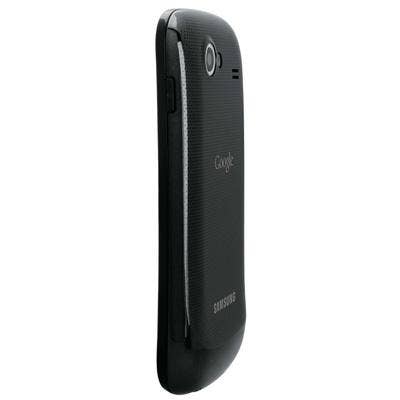
Right Power
The one and only control on the right edge of the Nexus S is its power button. As on other Android models, a quick press turns off the display and back light, and a longer press brings up a menu offering options to enter silent mode, airplane mode (turns off all radios), and to quit all apps and perform a full shutdown. When turning off the display, it winks out like an old-fashioned TV, something that many Nexus S users might never have actually seen. We would call that ironic posterity.
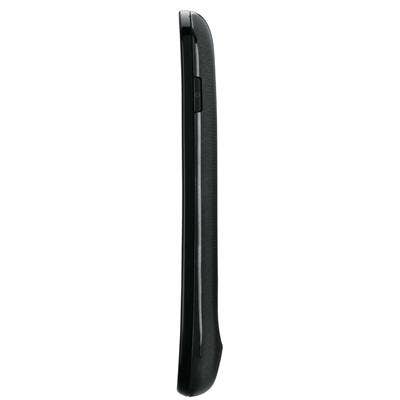
Curves Ahead
When viewed edge-on, we can really see its curved glass, which Samsung says is designed to fit the face more closely when speaking on the phone. And it does, of course, but we prefer to think of Samsung's four-inch (800 x 480) active matrix organic LED (AMOLED) screen as one more thing that the iPhone doesn't have. It's a very clean look. The bulging bottom of the Nexus S is designed to help it heel in the hand; rubber would be better.
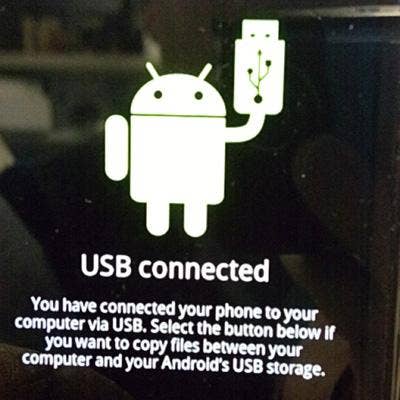
Drag-N-Store
Whenever Android appears, we know it's for something useful. This time our little green friend is telling us that we're plugged into a computer, and that he can turn on drag-and-drop file transfer, aka USB Storage. The Nexus S has 16GB of user-accessible memory for apps, media, contact data or any other purpose.
On a separate note, testers were amazed at the improved boot time of Android 2.3 when compared with version 1.6 that we were used to. Our HTC G1 smartphone running Android 1.6 takes an agonizing one minute and 23 seconds to boot, while Samsung's Nexus S boots in about 25 seconds. Booyah!
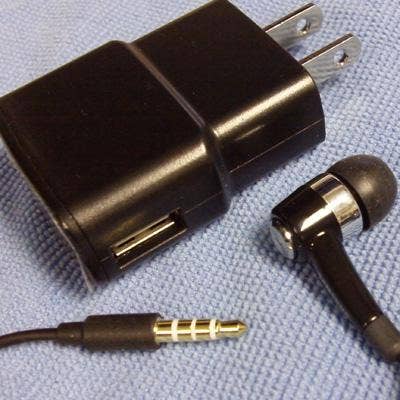
The Rest Of The Story
The headset included with the Nexus S has rubber in-ear buds that effectively block outside noise. The headphones deliver great sound with plenty of bass. The answer/hang-up button doubles as a pause switch when listening to music, but does not skip to the next song when double-pressed as on our G1. For charging the Nexus S, Samsung provides a microUSB cable that's detachable from its small AC/DC converter, allowing the cable to double as a conduit for computer file transfer and for PC-based charging.
The Samsung's Nexus S has a street price of around $529, and is available for AT&T and T-Mobile networks. And for solutions providers seeking a development platform that's pure and free of carrier-built functions, the Nexus S is an ideal choice and is recommended by the CRN Test Center.